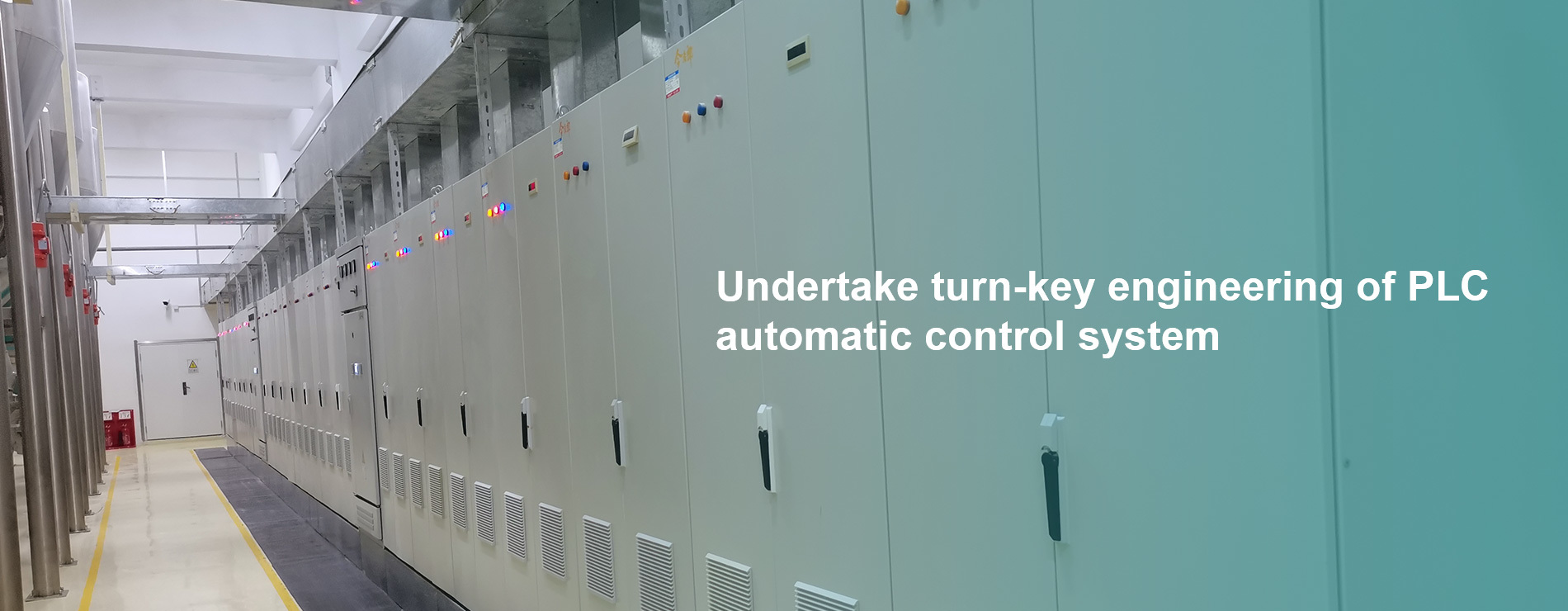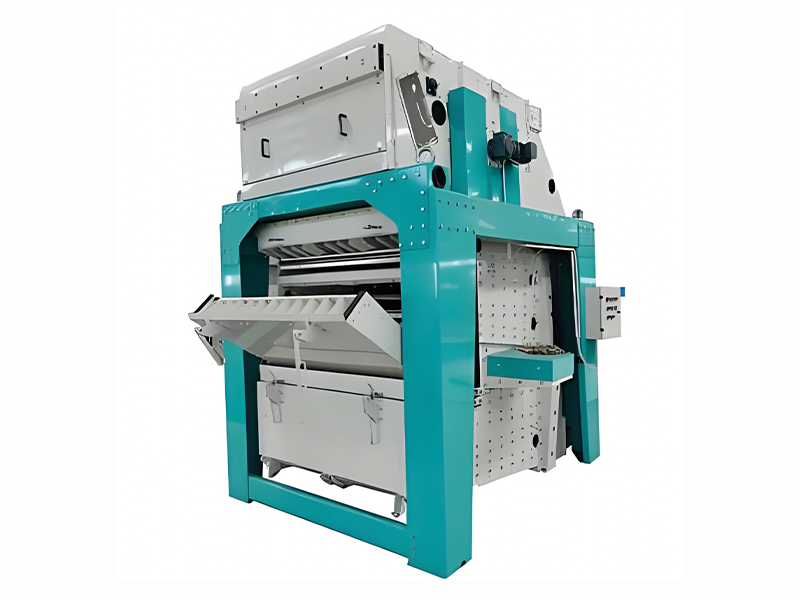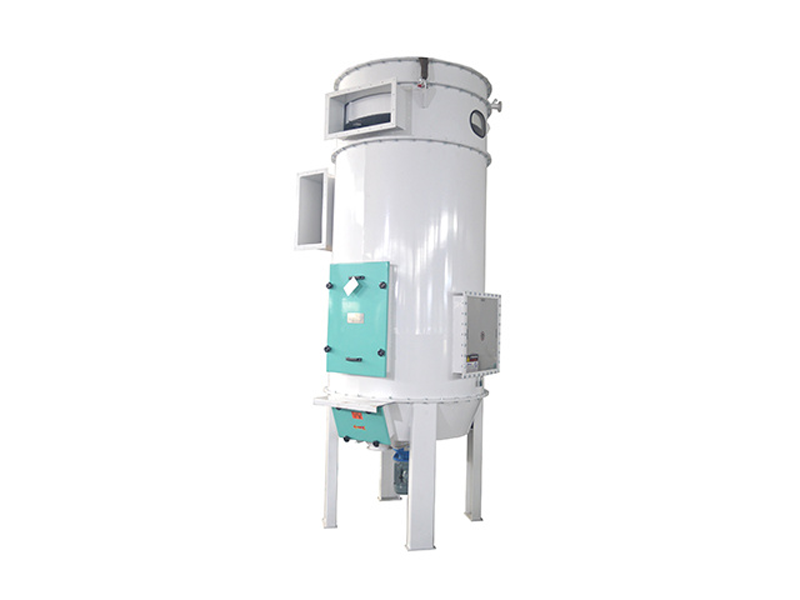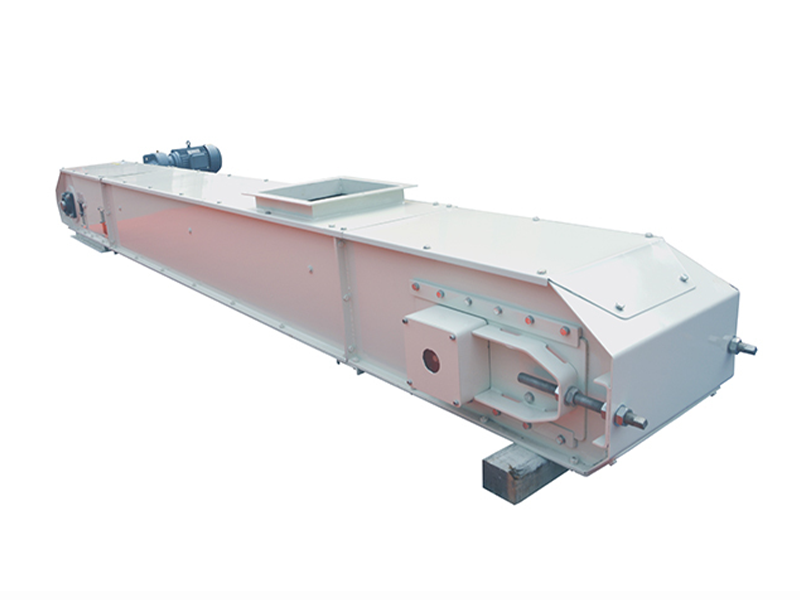Recent Posts
Enhancing Agricultural Efficiency with Pneumatic Conveying Systems
Release time:
Jun 20,2025
Pneumatic conveying systems are essential tools in the agricultural industry, offering an efficient and versatile method for transporting bulk materials such as grains, seeds, and fertilizers. Utilizing air pressure, these systems can move materials through pipelines, minimizing manual handling and reducing the risk of contamination. This technology is particularly advantageous in agricultural set
Pneumatic conveying systems are essential tools in the agricultural industry, offering an efficient and versatile method for transporting bulk materials such as grains, seeds, and fertilizers. Utilizing air pressure, these systems can move materials through pipelines, minimizing manual handling and reducing the risk of contamination. This technology is particularly advantageous in agricultural settings, where maintaining product quality and operational efficiency is paramount.
One of the primary benefits of pneumatic conveying systems is their ability to handle various materials with ease. Unlike traditional conveying methods that may be limited to specific products, pneumatic systems can quickly adapt to different types of bulk materials. This flexibility allows agricultural operations to streamline their processes, conserving time and resources while improving productivity.
Moreover, pneumatic conveying systems contribute significantly to maintaining the hygiene and safety of agricultural products. The enclosed nature of these systems prevents dust generation and exposure to contaminants, ensuring that the materials transported remain clean and safe for consumption. This is particularly critical in the agricultural food sector, where product quality is directly linked to consumer health and satisfaction.
Implementing a pneumatic conveying system can also enhance the overall workflow of agricultural operations. By automating the transportation of materials from one location to another, these systems reduce the need for manual labor, leading to lower operational costs and a more efficient use of human resources. This automation not only boosts productivity but also helps in minimizing physical strain on workers, contributing to a safer workplace environment.
Additionally, pneumatic conveying systems are highly customizable. Depending on the specific requirements of an agricultural operation, these systems can be designed to accommodate various capacities and configurations. This adaptability means that businesses can invest in a system that best suits their needs, optimizing their processes and ensuring they can meet market demands efficiently.
In summary, pneumatic conveying systems offer numerous advantages to agricultural operations by improving efficiency, maintaining product quality, and enhancing safety. As agricultural businesses continue to seek innovative solutions to streamline their processes, exploring the potential of pneumatic conveying systems can lead to significant improvements in productivity and operational effectiveness. Whether managing grains, seeds, or fertilizers, understanding how to leverage this technology can be a game-changer for professionals in the agricultural sector.
One of the primary benefits of pneumatic conveying systems is their ability to handle various materials with ease. Unlike traditional conveying methods that may be limited to specific products, pneumatic systems can quickly adapt to different types of bulk materials. This flexibility allows agricultural operations to streamline their processes, conserving time and resources while improving productivity.
Moreover, pneumatic conveying systems contribute significantly to maintaining the hygiene and safety of agricultural products. The enclosed nature of these systems prevents dust generation and exposure to contaminants, ensuring that the materials transported remain clean and safe for consumption. This is particularly critical in the agricultural food sector, where product quality is directly linked to consumer health and satisfaction.
Implementing a pneumatic conveying system can also enhance the overall workflow of agricultural operations. By automating the transportation of materials from one location to another, these systems reduce the need for manual labor, leading to lower operational costs and a more efficient use of human resources. This automation not only boosts productivity but also helps in minimizing physical strain on workers, contributing to a safer workplace environment.
Additionally, pneumatic conveying systems are highly customizable. Depending on the specific requirements of an agricultural operation, these systems can be designed to accommodate various capacities and configurations. This adaptability means that businesses can invest in a system that best suits their needs, optimizing their processes and ensuring they can meet market demands efficiently.
In summary, pneumatic conveying systems offer numerous advantages to agricultural operations by improving efficiency, maintaining product quality, and enhancing safety. As agricultural businesses continue to seek innovative solutions to streamline their processes, exploring the potential of pneumatic conveying systems can lead to significant improvements in productivity and operational effectiveness. Whether managing grains, seeds, or fertilizers, understanding how to leverage this technology can be a game-changer for professionals in the agricultural sector.
keywords

HOW CAN WE HELP ?
Get In Touch With Us!
Contact Information
Fax: +86-371-23227333
E-mail: global@aomgmach.com
Production base: Zongdian Industrial Zone, Qi County, Kaifeng City
Business license




